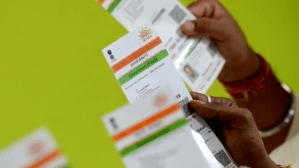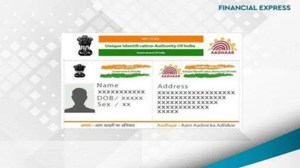
GST
Goods and Services Tax (GST) is a comprehensive indirect tax levied on the supply of goods and services in India. It is a successor to value-added tax (VAT) used in India on the supply of goods and services. Both VAT and GST have the same taxation slabs. GST has replaced multiple indirect taxes such as excise duty, service tax, VAT, and others, and is aimed at simplifying the taxation system and promoting ease of doing business.
Key Points about GST:
One Nation, One Tax: GST is designed to create a unified market. It follows the principle of “one nation, one tax,” eliminating the effect of taxes on the prices of goods and services.
Dual GST Model: GST in India is a dual tax levied concurrently by the central government and the state governments on intra-state supplies. For inter-state supplies, Integrated GST (IGST) is levied by the central government.
Tax Slabs: GST has multiple tax slabs: 5%, 12%, 18%, and 28%, with some essential items being taxed at 0% or exempted.
Input Tax Credit (ITC): Input Tax Credit can be claimed by businesses, and it allows them to set off the GST they have paid on the purchase of goods and services against the GST they have collected on their sales.
GST Registration: GST registration is required by businesses with a turnover above the specified threshold limit. Registered businesses need to file regular GST returns..
GST Council: The GST Council, consisting of representatives from the central and state governments, decides on the tax rates, exemptions, and other matters related to GST.
Benefits of GST: GST is aimed at simplifying the taxation system, reducing tax evasion, promoting compliance, and enhancing the ease of doing business.
GST Impact: GST has had an impact on various sectors of the economy, affecting prices, supply chains, and consumption patterns. It has also led to changes in business strategies and operations.
GST on Services: Service providers charge GST on the services rendered and these specific rules and rates for different types of services.
Read More
Related News






















